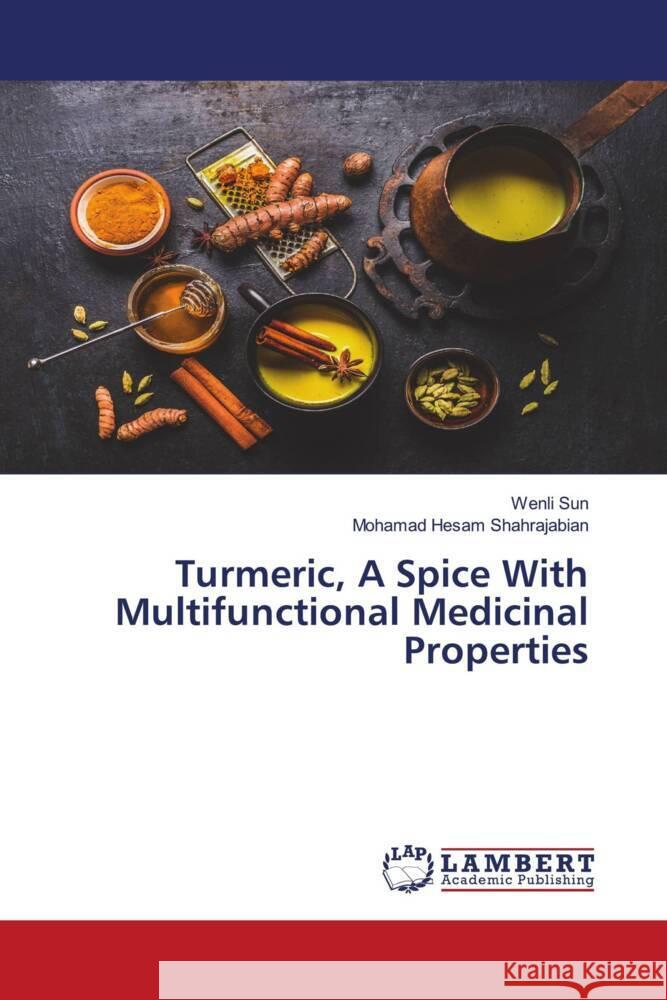Turmeric, A Spice With Multifunctional Medicinal Properties » książka
Turmeric, A Spice With Multifunctional Medicinal Properties
ISBN-13: 9786206781776 / Angielski / Miękka / 68 str.
Turmeric (Curcuma longa L.), belongs to Zingiberaceae family, is a perennial rhizomatous plant of tropical and subtropical regions. The three major chemical constituents and biological activities of turmeric are curcumin, demethoxycurcumin and bisdemethoxycurcumin. The main constituents of rhizome of leaf are -turmerone, beta-turmerone, and ar-turmerone. The most important health benefits of turmeric is antioxidant activity, gastrointsntial effects, inflammatory and edematic disorders, anti-cancer effects, cardiovascular and anti-diabetic effects, antimicrobial activity, photo-protector activity, hepatoprotective and renoprotective effects, and appropriate for treatment of Alzheimer. Curcuminoids are phenolic compounds usually used as a pigment, spice with many health benefits such antiviral, antitumour, anti-HIV, anti-inflammatory, antiparasitic, anticancer and antifungal effects. Curcumin, demethoxycurcumin and bisdemethoxycurcumin are major active and stable bioactive constituents of curcuminoids.











